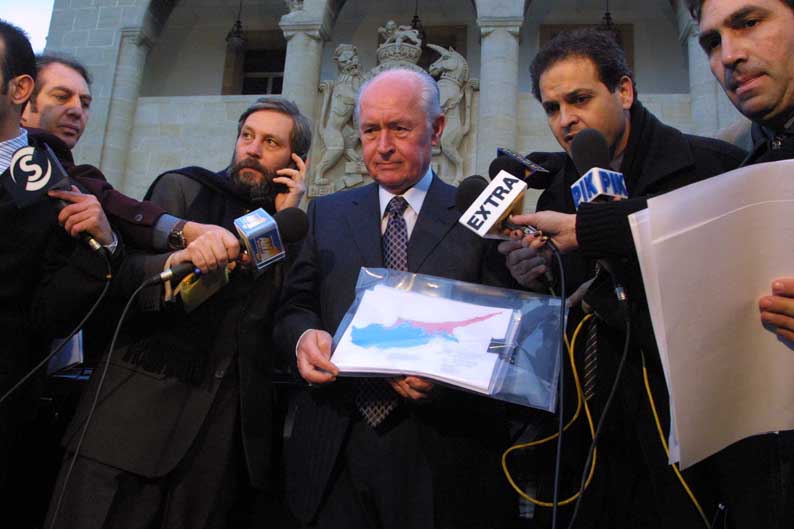Global passenger demand increased by 16.6 per cent in January, according to a report released on Wednesday by the International Air Transport Association (IATA), indicating a robust start for the year.
“2024 is off to a strong start despite economic and geopolitical uncertainties,” said Willie Walsh, IATA’s Director General.
“As governments look to build prosperity in their economies in the busiest election year ever, it is critical that they see aviation as a catalyst for growth. Increased taxes and onerous regulation are a counterweight to prosperity,” he added.
Moreover, Walsh said the association “will be looking to governments for policies that help aviation to reduce costs, improve efficiency and make progress towards net zero CO2 emissions by 2050”.
Overall demand, indicated by revenue passenger kilometres (RPKs), experienced a notable increase of 16.6 per cent.
At the same time, total capacity, measured through available seat kilometres (ASK), saw a rise of 14.1 per cent. The resulting load factor reached 79.9 per cent, marking a 1.7 percentage point increase.
In the international sector, demand witnessed a robust growth of 20.8 per cent, while capacity also expanded by 20.9 per cent. Despite this, the load factor remained consistent at 79.7 per cent, showing no change from the previous measure.
On the domestic front, demand surged by 10.4 per cent, with capacity increasing by 4.6 per cent. Impressively, the load factor soared to 80.2 per cent, reflecting a substantial increase of 4.2 percentage points.
In terms of international passenger markets, IATA reported that European carriers’ January 2024 traffic rose 10.8 per cent versus January 2023.
In addition, capacity increased by 10.7 per cent, and the load factor rose slightly to 77.3 per cent.
What is more, routes between Europe and North America have rebounded particularly strongly from the pandemic and stand 6.5 per cent higher than in January 2020.
Meanwhile, Middle Eastern airlines posted a 16.2 per cent rise in January 2024 traffic compared to a year ago.
Additionally, their capacity increased by 15.7 per cent while the load factor rose to 79.9 per cent.







Click here to change your cookie preferences